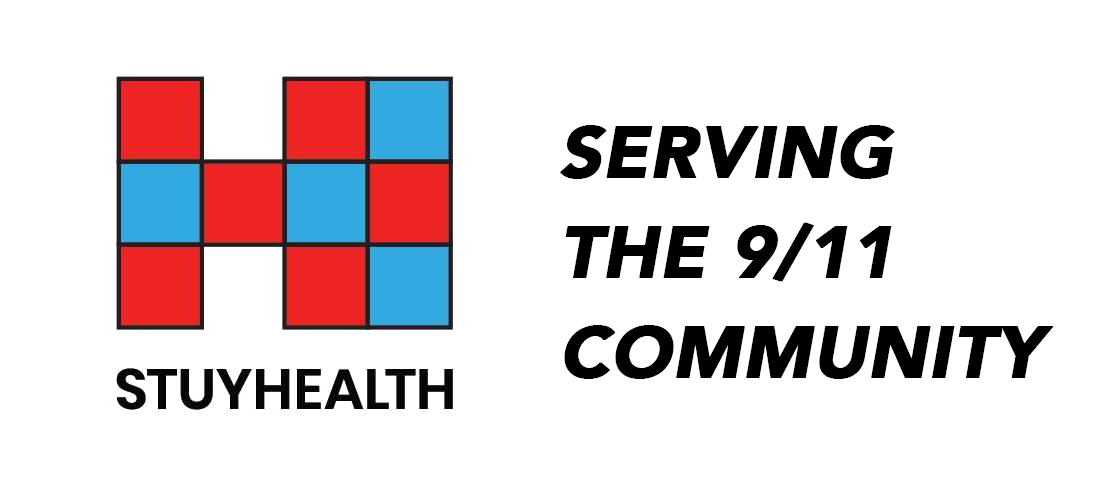If My Illness Emerges Now, Is it Still Covered?
The answer depends on the type of condition.
For cancers, the answer is yes. Many cancers have long latency periods, so there are actually minimum latency requirements established by the program that must be met for your cancer to be certified. This means that at certain amount of time must have passed between your exposure to the toxins at Ground Zero and the date of your diagnosis in order for it to be certified and compensable by the VCF. These minimums vary depending on the cancer and can range from 0.4 years (146 days) for blood cancers to 11 years for cancers like mesothelioma. The WTC Health Program Member Handbook has guidance about the minimums for each category of cancer.
For other illnesses there are maximum time intervals that must be met. This means that your symptoms must have started within a certain amount of time after your exposure to the Ground Zero toxins to be certifiable. (That does not necessary mean you got a diagnosis within that period, just that the symptoms began then.) Here’s a list of the most common disorders and their maximum time intervals:
Asthma and other Obstructive Airway Diseases (excluding from COPD) - 5 years
Rhinosinusitis and other Upper Respiratory Diseases - 5 years
GERD (isolated) - 1 year
GERD in combination with a covered respiratory illness - 5 years
COPD - No Maximum
Interstitial Lung Diseases - No Maximum
Questions? We’re happy to talk these requirements through. Drop us a line at info@stuyhealth.org.

